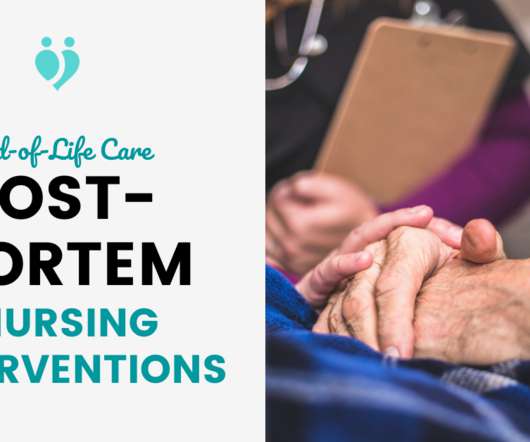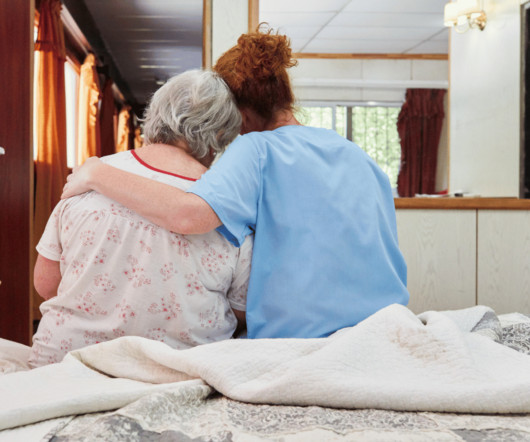End-of-Life Care: Your Patient Has Died, Now What?
Hospice Nurse Hero
FEBRUARY 5, 2022
End-of-life care is intimate and unique for every patient. To begin, I didn’t even recognize the signs of transition to active death. To make matters worse, I had never performed end-of-life care. (I Pronouncement During End-of-Life Care. Post-Mortem Care Tips.











Let's personalize your content